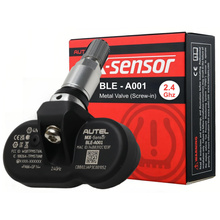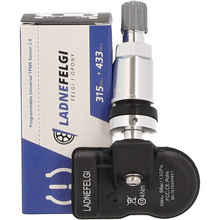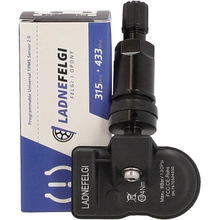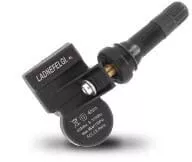
Model: Sensor TPMS AUTEL Bluetooth do TESLA

Model: Sensor TPMS AUTEL Bluetooth do TESLA

Model: TPMS SENSOR SILVER 2


TPMS pressure sensors (Tire Pressure Monitoring System) - this is a device inside the tire responsible for the immediate detection of too low tire pressure. Thanks to the wireless communication of the sensors with the receiver placed inside the car, the driver has current data on tire pressure, thus reducing the chance of causing an accident. In addition to ensuring safety, we can reduce fuel consumption and tread wear by maintaining the correct tire pressure.
Sensors are perfect replacements for expensive original equipment installed in the car. Thanks to the long-lasting battery, the device is able to work for up to 7 years. The sensors are mounted using screwed valves, which allows the adjustment of the contact angle in the range of 12o - 40o. Thanks to this, they fit almost all models of rims, not only those offered on the LadneFelgi.pl website.

TPMS sensors available at LadneFelgi.pl are certified in accordance with the RED directive and FCC regulations. The RED Directive (Radio Equipment Directive) is the key legal guideline for placing radio equipment on the European market, ensuring uniform standards of safety and efficiency throughout the European Union. In turn , the Federal Communications Commission (FCC) in the USA, as an independent federal agency, regulates all aspects of international and domestic communications, including radio, television, telecommunications, satellite and cable. The FCC plays a vital role in setting rules in the communications and technology sectors. TPMS sensors that obtained these certificates had to undergo rigorous tests and meet strict criteria related to operational safety, electromagnetic immunity and optimal use of the radio spectrum.

In order for the sensors to be usable, they must be programmed and activated. We can do this in two ways.
In order to program the sensors, the ID of the original device is required. This number can be scanned by putting the programmer to the wheel or reading it directly from the housing of the original sensor. In the second case, it is required to remove the tire from the wheel. After storing the ID numbers in the new sensors, the car should detect the new devices without any problems.
The sensors are assigned a new ID number and then mounted in the wheels. Auto then needs to be started in learning mode so that the computer can detect and save new devices. Activating and saving in learning mode varies depending on the car manufacturer and model:



